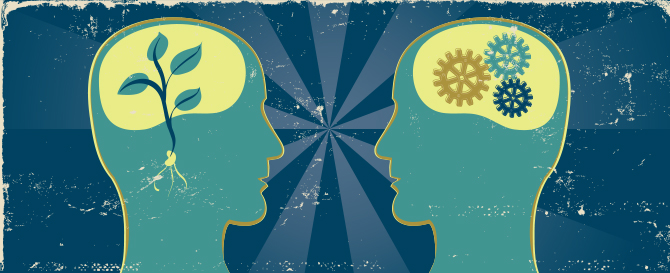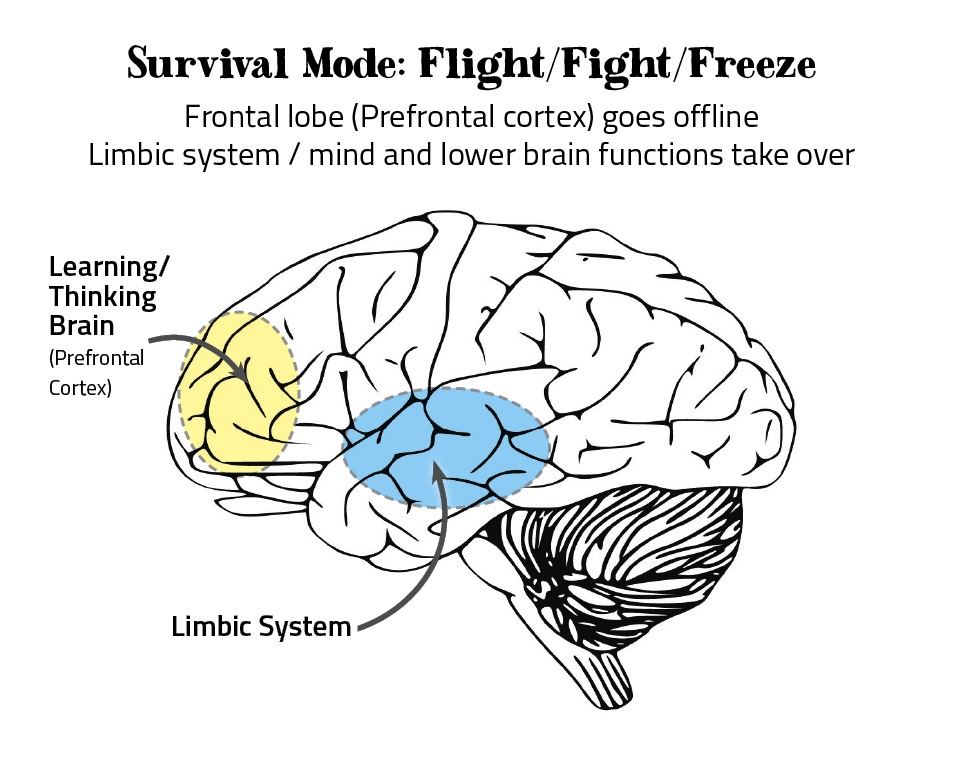“There are wounds that never show on the body that are deeper and more hurtful than anything that bleeds.”
― Laurell K. Hamilton, Mistral's Kiss
I think the thumb print on the throat of many people is childhood trauma that goes unprocessed and unrecognized. - Tom Hooper
By dictionary definition, any event that has had a lasting negative effect on the self or psyche is by its very nature “traumatic.” These events create extreme stress in the body and mind and memories of the event can trigger reactions, emotions, beliefs and physical sensations that existed on the day the memory was originally created.
An estimated 70 percent of adults in the United States have experienced a traumatic event at least once in their lives and up to 20 percent of these people go on to develop posttraumatic stress disorder, or PTSD. (Sidran Traumatic Stress Institute, Inc.)
There are several types of trauma:
• Big "T" traumas - Witnessing or experiencing horrific events: combat, rape, sexual abuse.
• Little "t" traumas (Life Disturbing Events) - Smaller everyday horrors, daily negative childhood messages.
• Chronic trauma – Ongoing, repeated trauma such as an alcoholic or narcissistic parent. Internalized feelings of anxiety, fear, unworthiness. Messages of “I’m not safe.”
• Complex trauma - Prolonged exposure to repetitive or severe events such as child abuse or narcissistic psychological abuse. Is likely to cause the most severe and long-lasting effects. This often is a combination of several types of trauma.
• Attachment trauma: A trauma of grief and loss. Childhood neglect is the absence of essential physical or emotional care, soothing and restorative experiences from significant others, particularly in children.
Your Brain on Trauma
Trauma wreaks havoc with the entire nervous system, which prevents people from processing and integrating traumatic memories into conscious mental frameworks. Traumatic memories get locked in the nervous system with the original picture, sounds, thoughts, feelings, and so on. They stay "stuck" in the brain's nether regions -- the nonverbal, nonconscious, subcortical regions (the limbic system, see above) -- where they are not accessible to the frontal lobes, the understanding, thinking, reasoning parts of the brain. Trauma freezes thinking.
Since the experiences are locked in the limbic system, they continue to be triggered whenever a reminder comes up. The limbic system is hypersensitive and overreacts to normal stimuli. These are really the emotions connected with the old experience that are being triggered.
So, you may have vivid graphic thoughts about what happened but no emotion. Or you could experience intense emotions but without the thoughts or actual memories. Sometimes you alternate between the two. You find yourself caught between amnesia or reliving the trauma, between floods of intense, overwhelming feeling or blank numb states--no feeling.
It can be a constant battle: between irritable, impulsive action OR complete inhibition of action--complete paralysis.
There is HOPE. A lot of it.
Thankfully, many researchers and practitioners around the world have been working on ways to treat trauma, PTSD and Complex PTSD (C-PTSD) for decades. One particular researcher, Dr. Bessel van der Kolk, has combined his research and the amazing findings of others and compiled it into teachable interventions.
"Dr. van der Kolk is past President of the International Society for Traumatic Stress Studies, Professor of Psychiatry at Boston University Medical School, and Medical Director of the Trauma Center at JRI in Brookline, Massachusetts. He has taught at universities and hospitals across the United States and around the world, including Europe, Africa, Russia, Australia, Israel, and China. His book, Traumatic Stress: The Effects of Overwhelming Experience on Mind, Body, and Society, co-edited with Alexander McFarlane and Lars Weisaeth, explores what we have learned in the past twenty years of the re-discovery of the role of trauma in psychiatric illness. In Dr. van der Kolk's most recent 2014 book, The Body Keeps the Score: Brain, Mind, and Body in the Treatment of Trauma, he transforms our understanding of traumatic stress, revealing how it literally rearranges the brain’s wiring—specifically areas dedicated to pleasure, engagement, control, and trust. He shows how these areas can be reactivated through innovative treatments including neurofeedback, mindfulness techniques, play, yoga, and other therapies."
Janet has studied van der Kolk's work, as well as the research of many other trauma experts, to compile a tool box of interventions which she customizes to each client. Included in her toolbox is EMDR -- Eye Movement Desensitization and Reprocessing.
CONTACT ME FOR MORE INFORMATION OR A CONSULTATION.
If you’re struggling with a mental or emotional problem, getting into trouble with drugs or alcohol, having family or relationship problems, or problems at work or school, call 1-844-493-TALK (8255) for free, confidential guidance and support.

